In modern architecture and interior design, the sliding partition wall has emerged as a versatile solution, allowing for flexible, functional, and stylish spaces. This article explores the essential aspects of sliding partition walls, ranging from their types and benefits to practical applications and maintenance tips, ensuring you have all the insights you need to incorporate these innovative structures into your spaces.
Understanding Sliding Partition Walls
What is a Sliding Partition Wall?
A sliding partition wall is a movable wall system that can create flexible room configurations. Unlike traditional walls, which are static and permanent, sliding partition walls can be opened or closed as needed, allowing for the customization of space based on current requirements. They are often mounted on tracks, enabling smooth and easy movement.
Types of Sliding Partition Walls
Sliding partition walls come in various types, each catering to specific needs and design preferences:
- Highly Versatile Panel Systems: These are welded or fabricated panel walls that slide open to create an open space when needed and close to provide privacy. They can be made from various materials including wood, glass, or metal.
- Accordion-Style Dividers: Using a series of connected panels, accordion-style dividers fold flat when not in use and can span larger openings with ease.
- Stacking Walls: These walls slide into a designated storage space, effectively disappearing when open. They are often used in commercial applications where high ceilings are common.
- Glass Partition Walls: These modern solutions blend aesthetics and functionality, allowing natural light to permeate while still providing separation between spaces.
Benefits of Using Sliding Partition Walls
The advantages of incorporating sliding partition walls into your space are numerous:
- Space Optimization: Perfect for both small and large areas, sliding partitions enable better utilization by creating zones without the need for permanent walls.
- Flexibility: The ability to adjust space layouts can cater to different functions, such as changing a formal meeting room into a casual seminar area.
- Acoustic Control: Many sliding partitions are designed to provide excellent sound insulation, making them ideal for shared workspaces or leisure areas.
- Increased Aesthetic Appeal: They can significantly enhance the visual appeal of a room, acting as a beautiful feature rather than just a functional element.
- Cost-Effective: Compared to traditional construction, sliding walls can often be a more budget-friendly solution for space management.
Designing Your Space with Sliding Partition Walls
How to Choose the Right Sliding Partition Wall
Choosing the right sliding partition wall involves multiple considerations:
- Assess Your Space: Measure the area you wish to partition and consider the layout. If you have a smaller, more confined space, consider lighter materials and thinner profiles.
- Define Your Purpose: What do you need the partition for? Whether it’s to create privacy, add an aesthetic element, or improve acoustics, knowing the intended use will guide your choice.
- Track System: Depending on whether you prefer a ceiling-mounted or wall-mounted system, this might influence mainly how the partition operates and fits into your existing decor.
Color and Material Choices for Aesthetic Appeal
The choice of color and material is pivotal in ensuring that your sliding partition wall complements or enhances your overall design scheme. Options you might consider include:
- Wood: Offers a warm, classic appeal and can be stained or painted to match any decor.
- Glass: Ideal for a modern, sleek look, glass partitions create a sense of openness while maintaining separation.
- Metal: Provides a contemporary aesthetic that can be paired with different finishes to match the room’s theme.
- Fabric: Softens a space and can also improve sound acoustics, making it an appealing choice for offices or schools.
Integrating Lighting with Sliding Partition Walls
Lighting plays a crucial role in how a space functions and feels. When designing with sliding partition walls, consider:
- Natural Light: Using glass partitions can maximize natural light, making spaces feel larger and more inviting.
- Accent Lighting: Highlighting the partition walls with LED strips or wall sconces can create a warm and welcoming ambiance while emphasizing design elements.
- Adjustable Lighting: Controllable lighting options can allow for mood changes as the space is reconfigured.
Installation and Maintenance of Sliding Partition Walls
Step-by-Step Installation Guide
Installing a sliding partition wall is a project that can vary widely in difficulty based on the type of wall chosen. Here is a general guide to the steps involved:
- Gather Your Tools: You will need a drill, level, measuring tape, studs finder, screws, and possibly an assistant, depending on the size of the partition.
- Measure the Space: Accurate measurements are critical. Chart out where the wall will be installed, keeping in mind the track systems and how the panels will slide.
- Install the Track: Position the track where the partition will slide. Use a level to ensure it’s straight and secure it to the studs in the wall or ceiling, depending on your design choice.
- Attach the Panels: Follow manufacturer instructions for attaching panels to the track system, ensuring they slide smoothly.
- Final Adjustments: Test the movement of the panels, checking for smooth operation, and make any adjustments needed to hinges or alignment.
Common Installation Mistakes to Avoid
To ensure a successful installation, be mindful of these common pitfalls:
- Inaccurate Measurements: Double-check measurements before cutting or purchasing materials.
- Improper Track Installation: Failure to secure the track properly can lead to misalignment or breaking.
- Ignoring Weight Specifications: Ensure the chosen system can support the weight of the material used.
Maintaining Your Sliding Partition Wall
After installation, regular maintenance will ensure the longevity of your sliding partition wall. Consider the following:
- Regular Cleaning: Dust and clean the surface regularly to prevent buildup, particularly for glass panels that may show smudges.
- Check Track and Hardware: Periodically inspect the track system for any signs of wear or misalignment and adjust accordingly.
- Lubrication: For mechanisms that slide or operate, a silicone spray may help keep them running smoothly.
Applications for Sliding Partition Walls
Residential Uses of Sliding Partition Walls
In residential settings, sliding partition walls provide flexibility and aesthetics. Popular applications include:
- Home Offices: Create a distraction-free workspace that can easily transition back to a regular room.
- Children’s Play Areas: Use partitions to create a dedicated space that can be closed off for playtime or opened up for family gatherings.
- Open-Concept Living: Divide larger rooms into more intimate spaces without losing the airy feel.
Commercial Applications of Sliding Partition Walls
Commercial spaces can greatly benefit from sliding partition walls, enhancing functionality. Noteworthy applications include:
- Conference Rooms: Transform a large room into smaller meeting areas as required, catering to varying group sizes.
- Retail Spaces: Flexible set-ups for pop-up stores or changing displays without structural changes.
- Restaurants: Create private dining areas for events that can be adjusted as guest numbers change.
Creative Ideas for Sliding Partition Wall Configurations
Exploring imaginative configurations can offer unique functionality:
- Multi-Panel Systems: Utilize multiple panels that can slide in various configurations for engaging site aesthetics.
- Design Features: Use artistic designs or materials on your sliding partitions as statement pieces that contribute aesthetically to the overall design.
- Integrated Shelving: Incorporate shelves or media units into the partition wall, providing storage while still serving as a divider.
Future Trends in Sliding Partition Wall Design
Innovative Technologies in Sliding Divider Solutions
Emerging technologies for sliding wall systems are paving the way for smarter solutions:
- Smart Glass: Technologies such as switchable glass can transition from transparent to opaque based on user preference, providing privacy on demand.
- Automated Sliding Walls: Remote-controlled systems that allow users to adjust walls with the touch of a button are on the rise.
Sustainable Materials in Sliding Partition Wall Manufacturing
The shift towards sustainability has greatly influenced materials used in sliding partitions:
- Recycled Materials: More manufacturers are using recycled wood and plastic materials, reducing environmental impact.
- Energy-Efficient Designs: Incorporating insulation properties into wall designs to minimize heating and cooling costs.
Adapting to Space Management Trends with Sliding Solutions
As the demand for flexible living and working spaces continues to grow, sliding partition walls are becoming increasingly popular:
- Flexible Workspaces: In an era of remote work and coworking spaces, sliding partitions provide flexibility for employers to adapt their environments as needs change.
- Urban Living: In metropolitan settings where space is limited, sliding partitions allow for the maximization of small environments without sacrificing comfort.
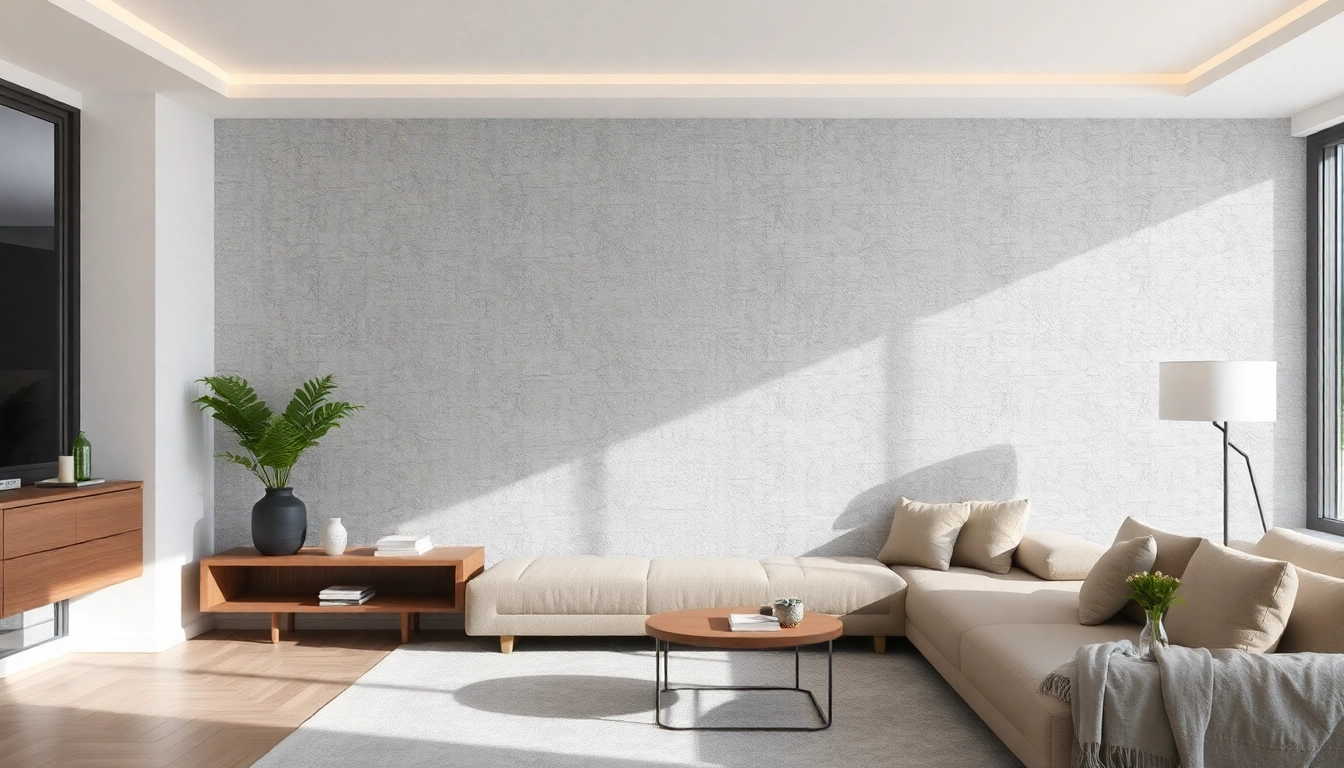
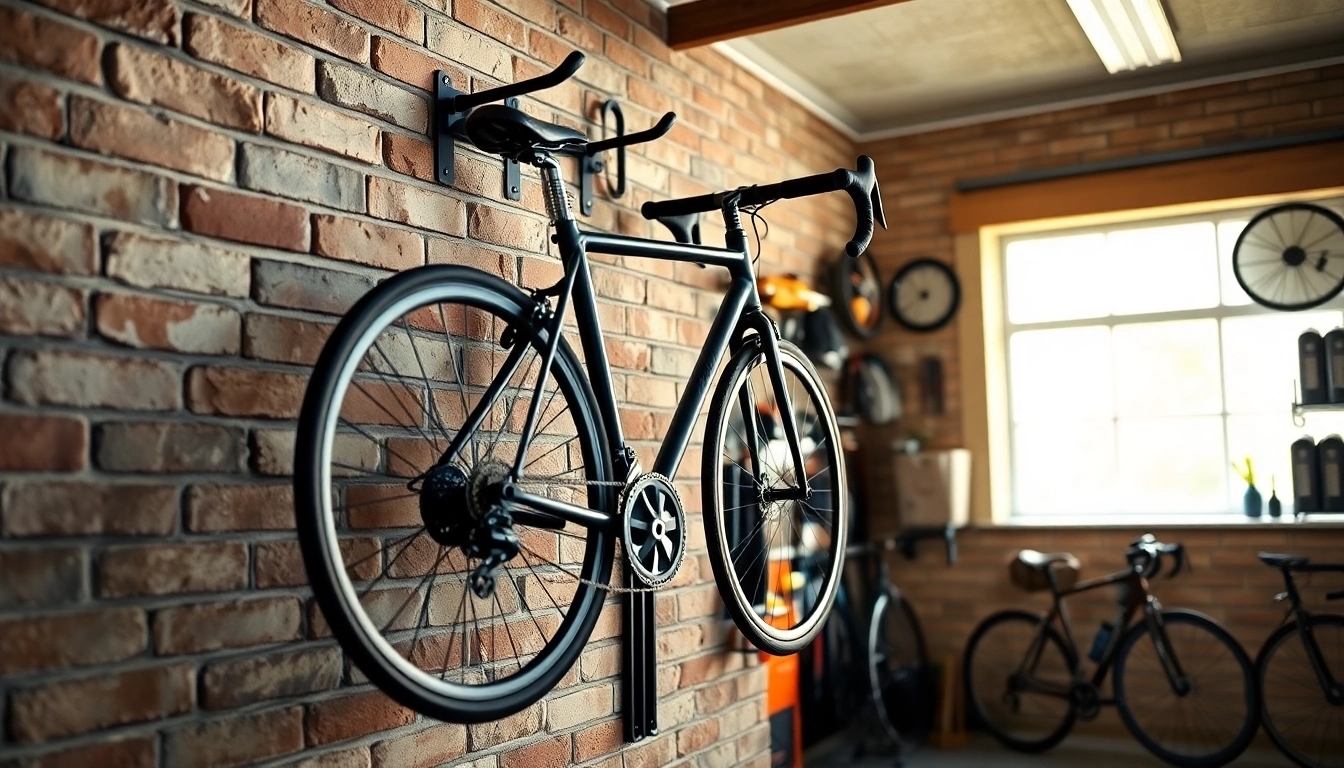
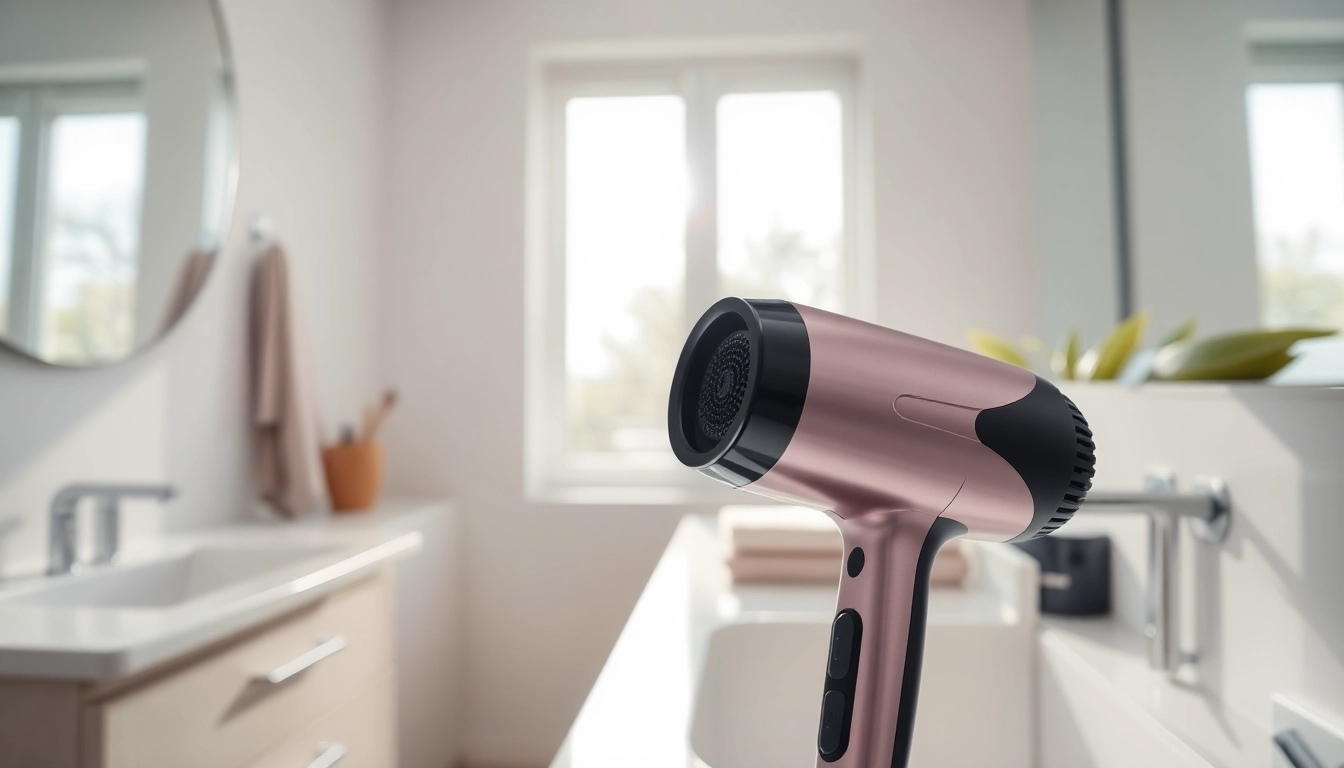
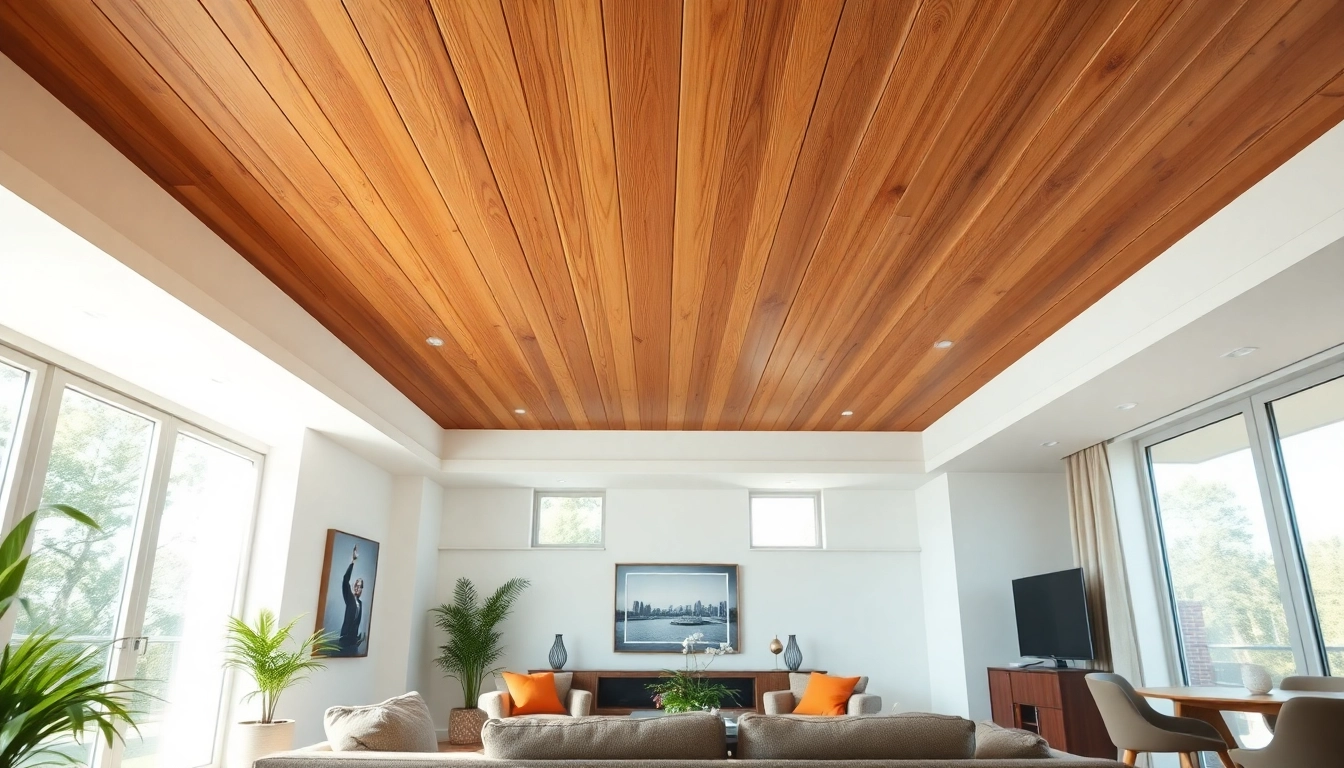

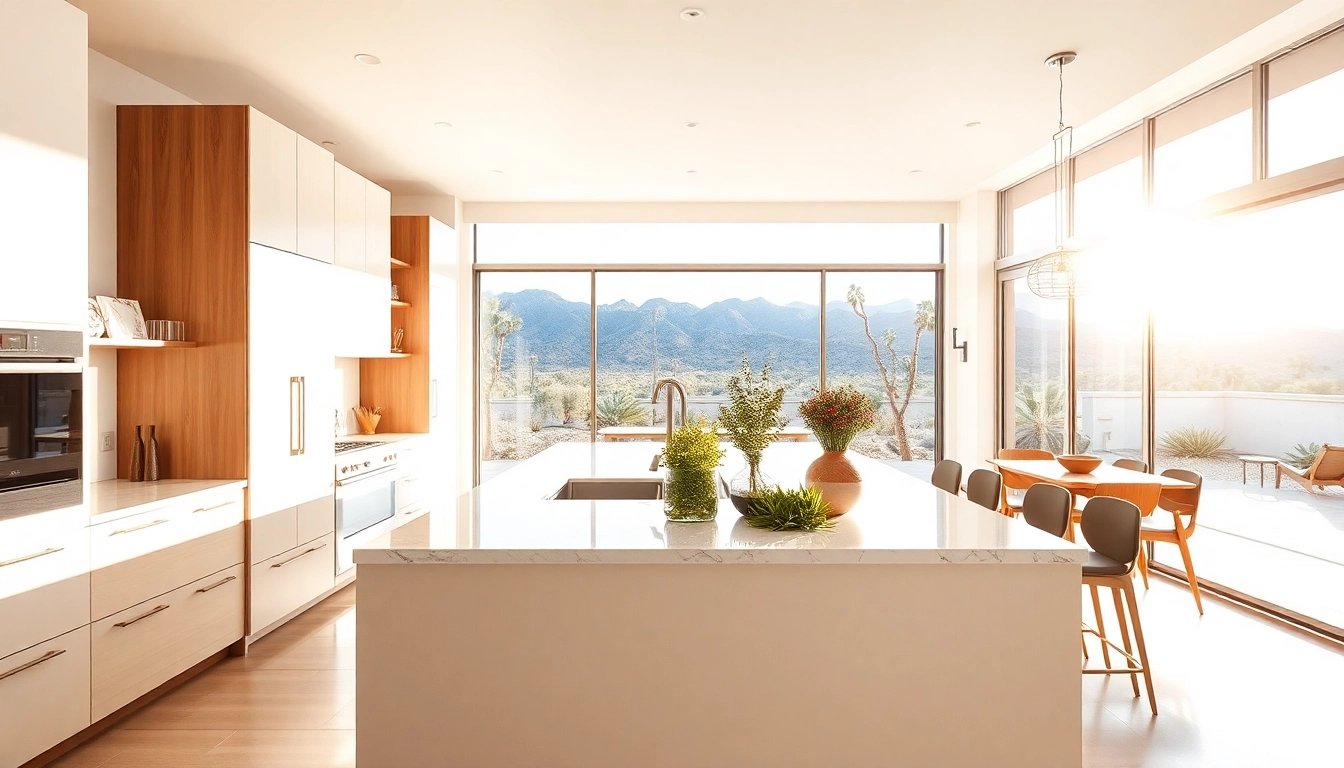
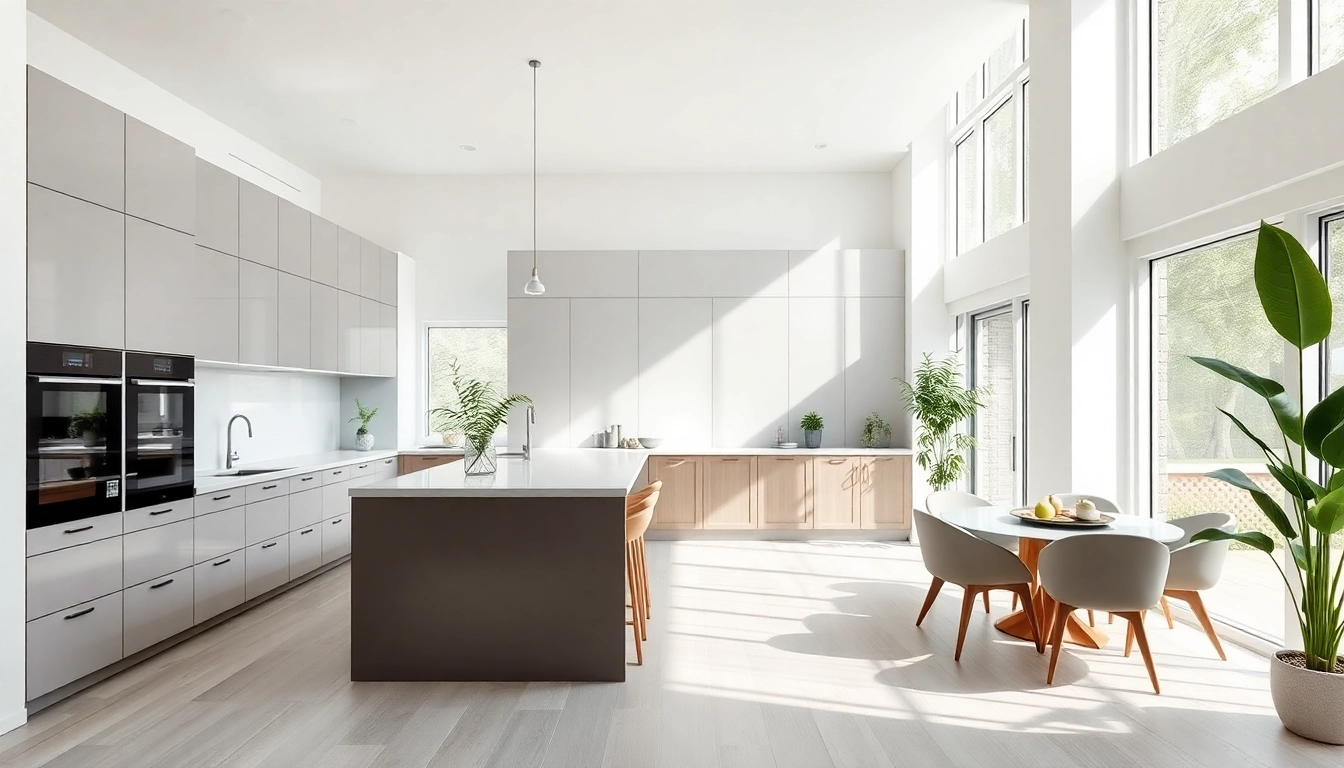
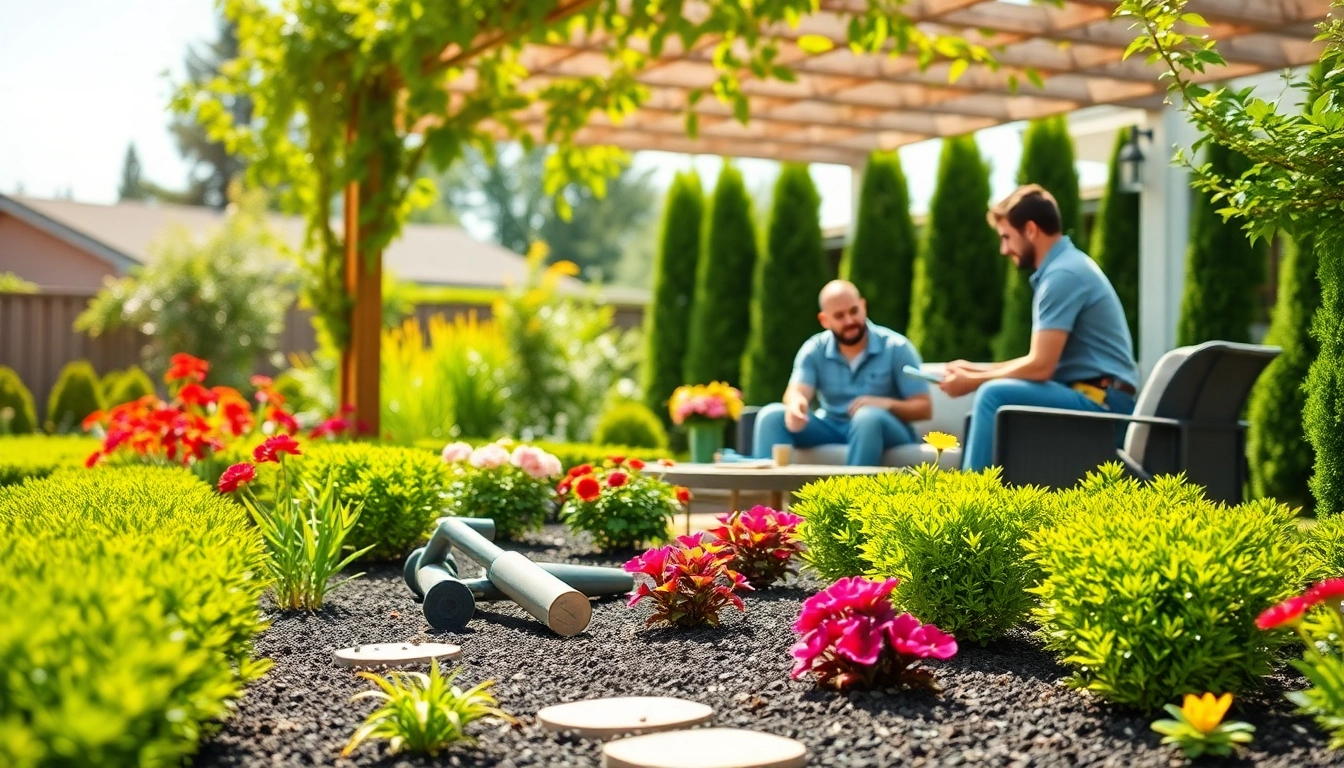
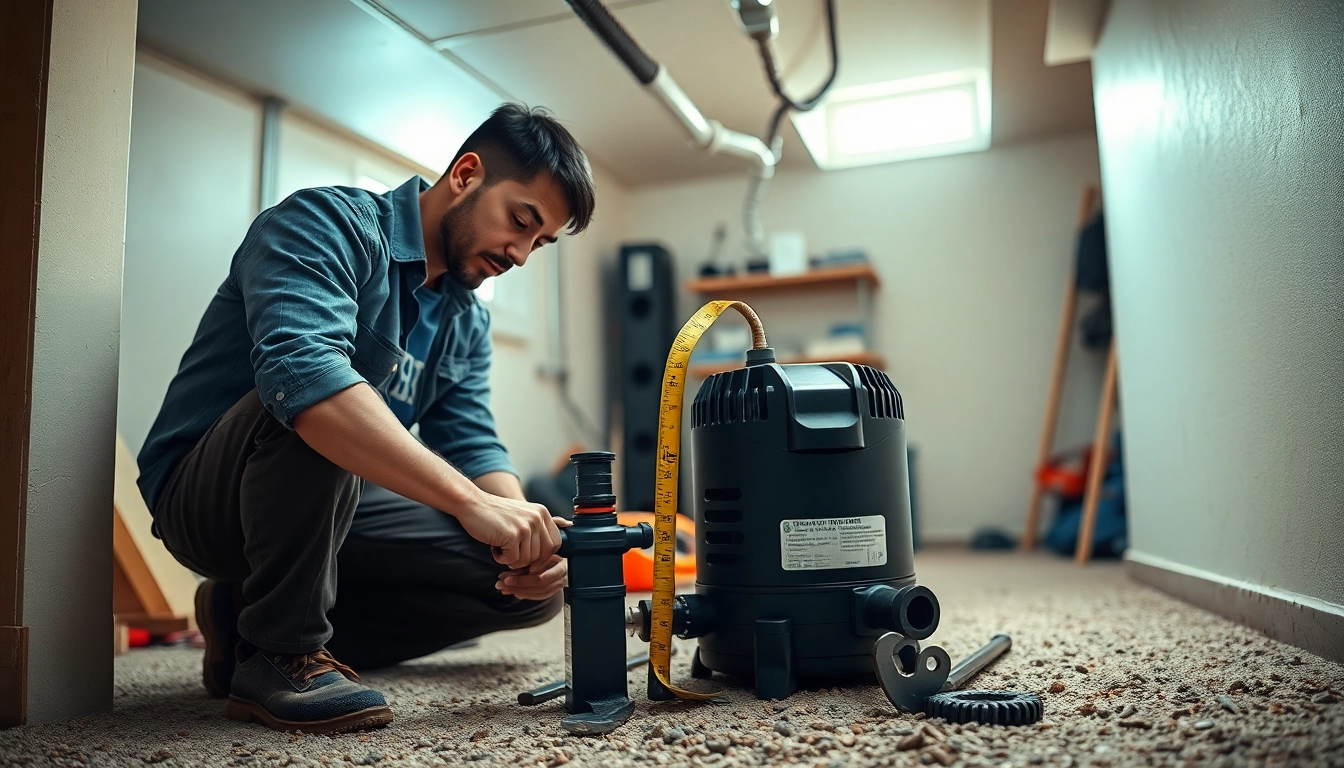

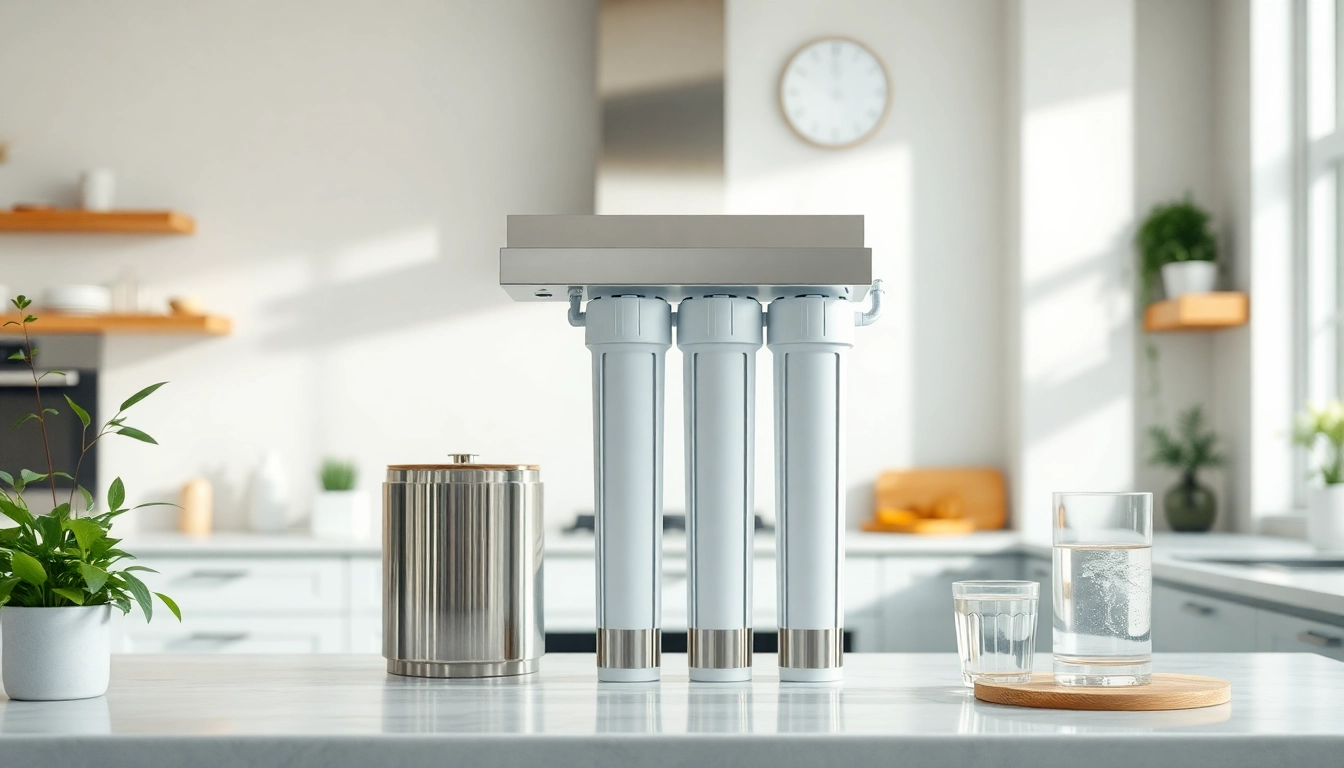




Leave a Reply